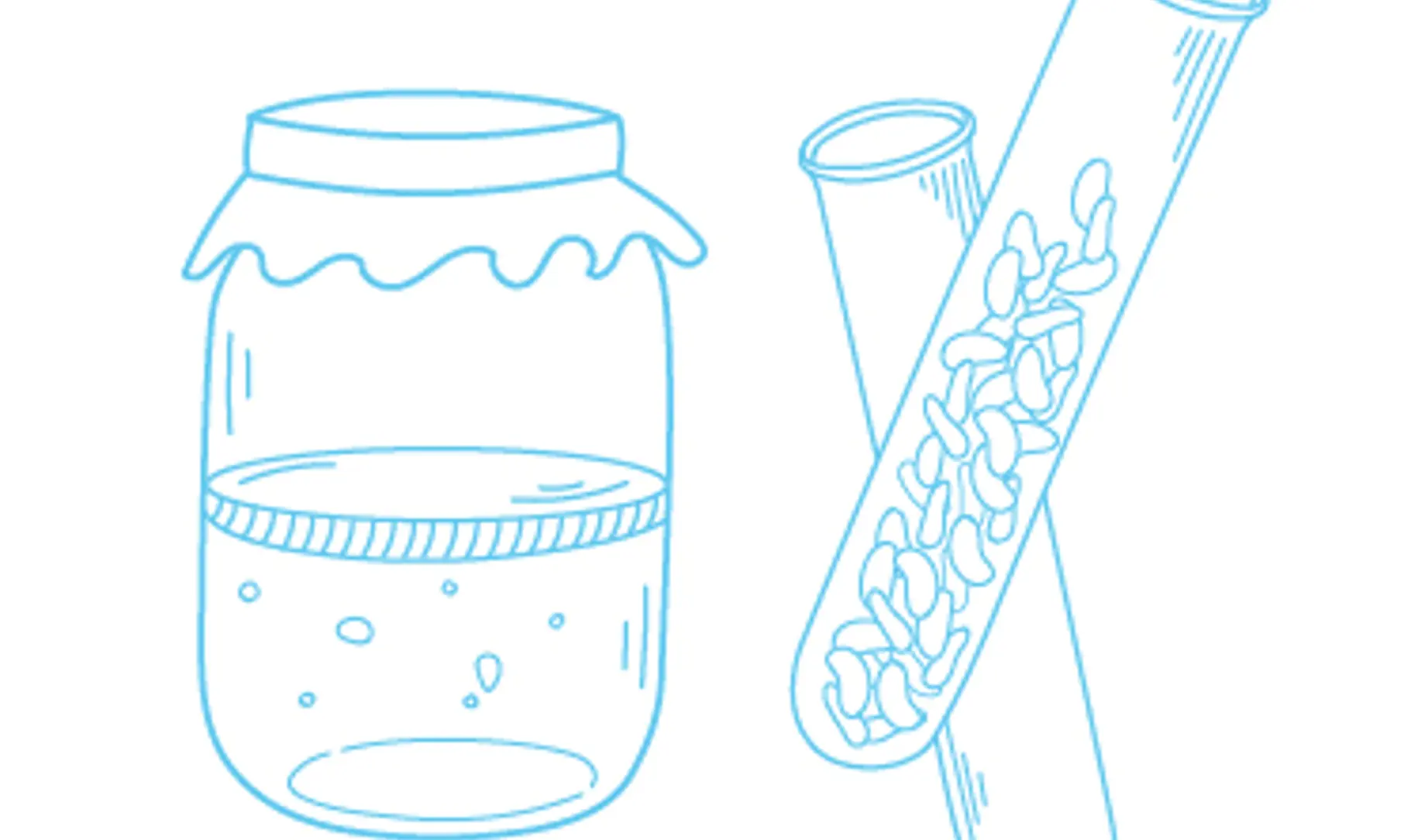Go for the gut

In part four of Functionality Rules, we look at how gut health has become a key focus area for functional food and beverage products and what drives this growth.
Gut health is pivotal to one’s wellbeing and this awareness has heightened in recent years. It is now well-known that our digestive systems affect our health in more ways than one. And this digestive health is largely dependent on diet, bringing healthy eating to the fore with a focus on improving gut microbiome.
What do consumers think about this?
50% know the term ‘gut microbiome’
Source: Chr-Hansen

58% bought a probiotic product in the last year
Source: FMCG Gurus 2021

53% plan to eat or drink more fibre
Source: Tate & Lyle

This rising consumer consciousness is backed by science. As researchers uncover more about our gut, including how it affects our brain, emotions, sleep, and even skin – gut health comes under even more focus in the functional food and beverage segment. But what makes a product gut-healthy?
The dominant biotic
Probiotics – live bacteria and yeasts – have been the mainstay for products promoting digestive health, with dairy-based fermented products and yoghurts leading the market for years. However, that market leadership is now being shared with plant-based probiotic beverages: take water kefir, cold-pressed juices, herbal shots, dairy-free yoghurt and, not to forget the most recent addition to the list, probiotic beer.

Fuelling the gut
What falls under a gut-friendly diet is expanding as research highlights ingredients beyond the established. Pre- and postbiotics along with synbiotics are newer inclusions to the list with the potential to drive product development. But what do these terms actually mean?
Prebiotics are indigestible fibre that promote the growth of bacteria in the gut. Found in many fruits, vegetables, and even grains – prebiotics can help drive up the nutritional value of functional foods and beverages using natural and botanical ingredients.
Tradition to innovation
Synbiotics – a combination of prebiotics and probiotics – improve gut health by aiding nutrient absorption. Synbiotic properties can be found in traditional beverages like kombucha. And the newest “biotics,” postbiotics are beneficial by-products of probiotics. Not requiring any special conditions to maintain their efficacy, postbiotics have the potential to become mainstream. But only time will tell if that happens.

A differentiating factor
It is evident that functional benefits can differentiate a product as a healthier option. Among these benefits is added fibre – considered vital for a healthy diet and associated with multiple health benefits, including gut health. And this is where SIG’s drinksplus solution can help differentiate your product, even on-the-go ones, with extra fibre like oats in a breakfast drink or coconut flakes in a low-sugar smoothie. If you would like to know more, reach out to discuss the possibilities of product development.
The realm of functional food and beverage products is expanding to include new areas, from stress management to skin care. We’ll explore these different asks and how they are being met in the next part of the series. Get the story in your inbox by subscribing to our exclusive bi-weekly newsletter, SIGnals Update.
- June 02, 2022
